The Good
No more <1% interest rates, no more management fees, no more discrimination, no more paperwork, and no more long lines. And you can actually beat inflation with passive income and living off of interest. Bonus points because you can do so while being invested in crypto.
With Defi you can Be Your Own Bank and do most things that a financial institution would do without getting discriminated and without paying someone to give you access. In addition, because defi is open-sourced and collaborative, it works like Legos—dapps building on top of one another. This makes defi hyper-efficient unlike traditional finance, which is inherently closed in nature.
The Bad
Banks exist for a reason. It's not easy to 'Be Your Own Bank'. It's not easy to set up all these accounts and manage multiple assets across a number of platforms. And—when I first used it—Defi wasn't very user-friendly at all. Here's what I had to do:
- Buy a stablecoin from a centralized exchange
- Trade the stablecoin for the gas token (ETH for Ethereum, MATIC for Polygon, etc.)
- Install a Web3 wallet (then for Metamask, you had to manually add the network details)
- Secure the private key
- Send token to Web3 wallet (did a test transaction first, as always!)
- Connect Web3 wallet to the dapps I was using
- Approve the tokens in the dapp
- Swap, deposit, and finally do defi things
It took me 2 hours to set up a Web3 wallet for the first time (takes me 5 mins now). On the early days, you didn't have on-ramps yet for networks like Polygon so the initial onboarding was expensive. I avoided most of the fees by going to BSC first and then bridging to Polygon, which involves extra steps like buying BNB > sending it to wallet > setting up a bridge dapp > sending BNB from BSC to Polygon > approving the unwrapped BNB > unwrapping the BNB > swapping coins/tokens
Another difficulty of being your own bank is that you're solely responsible for managing your assets now. So when crypto crashed in May, I had to manage my positions. I remember being quite frantic, moving all of my assets—spread around multiple dapps—and also rushing to funnel money in to manage my positions.
Of course, I was never in any REAL danger, per se. I think I was ~20% away from paying liquidation fees at that time; but that was pretty much the floor amount of risk that I wanted to be in. Still, if I wasn't actively managing my positions, I would've been punished when the market continued to crash. If I wasn't online--for example, if I was out on vacation--then, quite frankly, I'd be royally f*cked.
The Ugly
A study recently came out that ~50% Liquidity pool (LP) providers using Uniswap were at a net loss while participating in a LP compared to if they just held their assets. This is because of impermanent loss. I reckon, this would also translate to most of Defi at its current state.
Impermanent loss is a major issue in Defi and also one that newcomers will typically be encounter. And it’s hard to spot also because you aren’t always losing money. Sometimes, you would’ve just been better off putting your money elsewhere.
I realized this when I was using the SOL-RAY pool while on the Solana ecosystem. This was around July to October when Solana had its run up. LPs are actually great if the market isn’t pumping. I wish I knew this earlier because when Solana did pump, despite earning 70% APY on the LP fees, I was actually down $200 had I just held SOL, which did a 8x while RAY only did a 4x.
And the current state of Defi is undeniably unsustainable. The way most of it works is that protocols incentivize users with high rates but high rates are only possible with high inflation. High rates will cause high demand, because everyone wants a piece of the pie, and high demands inflates the price. At first, this makes it seem like a good opportunity (because price is rising while rates are high) but eventually, rates will decrease because there’s more users to distribute awards to. And when that happens, users leave.
The people who benefit from these trends are the people who made it in early, while people left holding the bag get rekt. While I don’t see anything inherently wrong with this—I mean, technically early birds should get the most rewards since they’re the ones who took most of the risks—protocols and users who are late to the party are at the mercy of these nomadic farmers who come and go. Most protocols end up being in no-man’s land after a few months and users always have to be on the move.
Sticking to the theme of Defi user being farmers, Defi is currently at an era of nomadic pastoralism and needs to adopt sustainable agriculture practices.
Silver Lining
Defi is young and rapidly changing. Developers and users are aware of the problems and innovation is always seeking to find solutions.
There’s a movement in the space referred to as Defi 2.0, which revamps the current model in a way that still makes Defi fair and decentralized, while also making protocols less reliant on users who come and go.
It’s also getting easier to use and a bunch of protocols are being created to broaden the spectrum for those who prefer to have more security (of course, at the expense of trade offs in rewards).
When in doubt, zoom out. And looking at the world of Defi as we know it today, It’s really only just been 2-3 years. Since then, the Defi ecosystem has grown to an estimated $250B + in total value locked. Imagine what it can accomplish in the next few years.
[link] [comments]

You can get bonuses upto $100 FREE BONUS when you:
💰 Install these recommended apps:
💲 SocialGood - 100% Crypto Back on Everyday Shopping
💲 xPortal - The DeFi For The Next Billion
💲 CryptoTab Browser - Lightweight, fast, and ready to mine!
💰 Register on these recommended exchanges:
🟡 Binance🟡 Bitfinex🟡 Bitmart🟡 Bittrex🟡 Bitget
🟡 CoinEx🟡 Crypto.com🟡 Gate.io🟡 Huobi🟡 Kucoin.
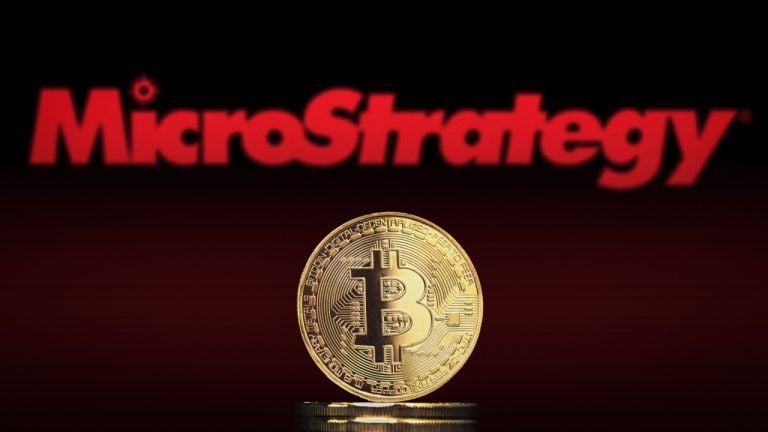






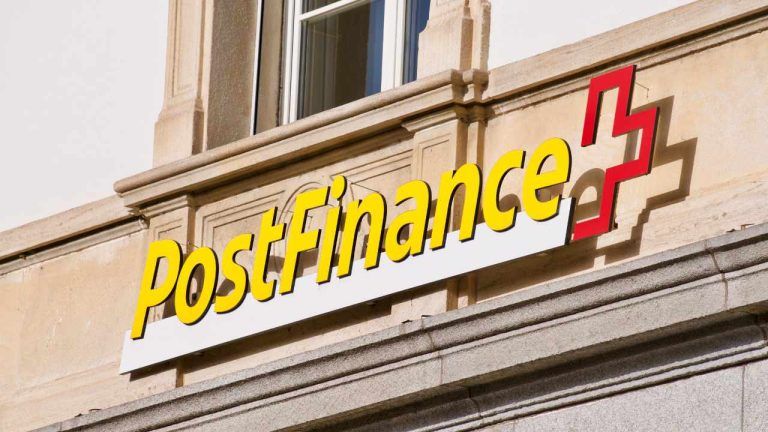
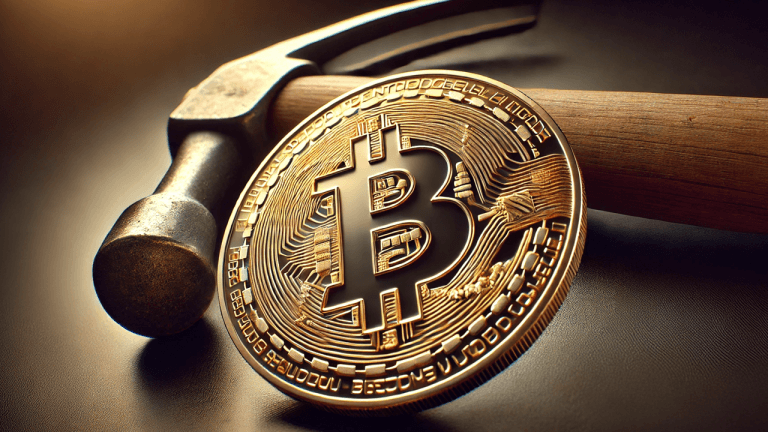



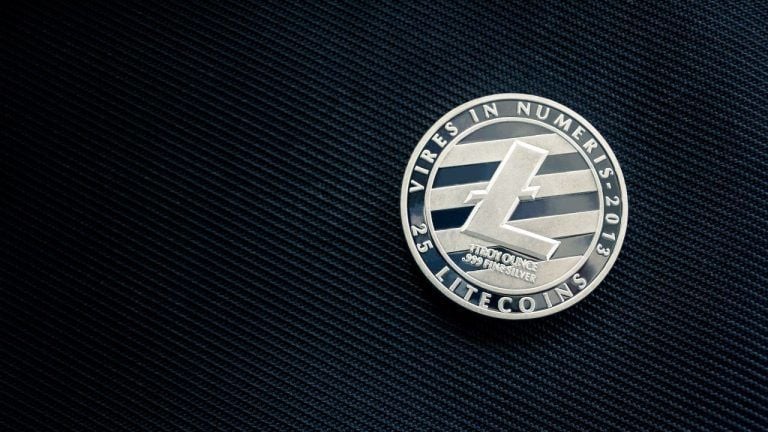
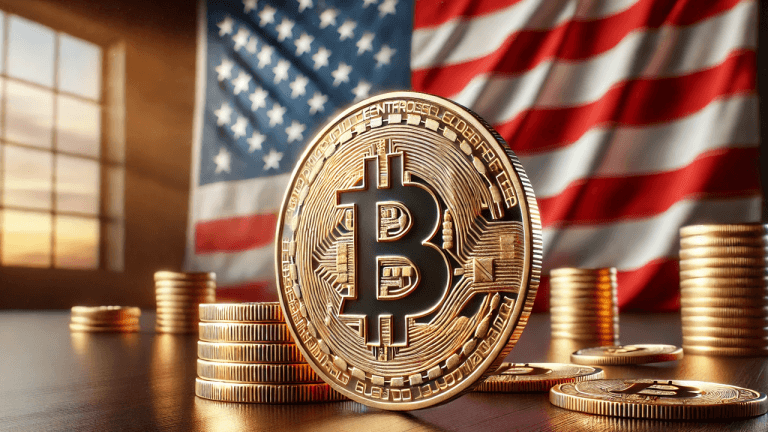



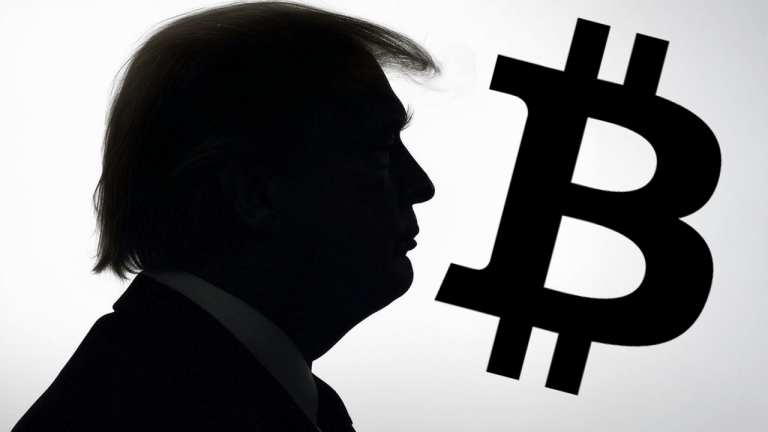


Comments